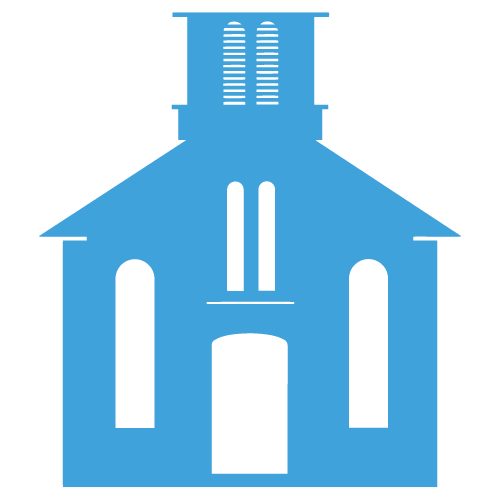
Rossville M.E. Church
Timeline
1830– Church Organized on October 8th, 1830
1831– The church building was erected in 1831, costing about $600.
1876– The Church was substantially improved, refurnished and painted.
-The society cannot be traced to any of the original classes, but became associated with the Methodist Episcopal Church of Pleasant Valley, Ulster County, in the support of a minister.
Founders
The first elected trustees were:
Thomas Aderton
Alvah Waring
William Penny
John Bushfield
Nehemiah Fowler
Thomas Bushfield
Gilbert Lockwood
About the Rossville Area
This is the name of a section of the town about six miles northwest of the city of Newburgh, and was originally covered by the Wallace Patent. As previously stated, this patent was purchased by Joseph Penny, who sold about 250 acres to Robert Ross, and divided the remainder among his sons. Mr. Ross is said to have been the first to settle on the patent, where he established a tannery. As early, probably, as 1770 he built a substantial stone house, which is still standing, and forms a part of the residence of John L. Aderton, who now owns the place. The sons of Robert Ross- Alexander and William- subsequently attained distinction in the town, and their birthplace was called Rossville. There is a Methodist Episcopal Church here, a district school, and a post-office and store. The post-office address is Savill, a name of no local significance; it was bestowed by the late Chauncey F. Belknap in honor of his son, Savill.
History of Orange County, New York by Edward Manning Ruttenber (Published 1881)

The area of Rossville was originally referred to as the Wallace Patent (No. 5) and was sold to James Wallace alone. It was later purchased by Joseph Penny, who sold 200 acres to Robert Ross, who then settled with his seven sons: John, William, Robison, Joseph, Peter, James, and Allen.
Robert Ross was of Scottish origin and is reportedly the first settler on the patent, establishing the name of Rossville. The patent itself became known as “the Penny Patent”.


